Ripe jackfruit is naturally sweet, with subtle pineapple- or banana-like flavor. It can be used to make a variety of dishes, including custards, cakes, or mixed with shaved ice.



The flavor of the ripe fruit is comparable to a combination of apple, pineapple, mango, and banana.
Jackfruit is considered the biggest fruit in Vietnam. The fruit is often oval-shaped with a green-to-yellow, thick, and spiky shell. The flesh is divided into small oval segments, but unlike in orange, the inside segments of jack-fruit bear similar to pomegranate but with larger seeds and larger glossy yellow pulps. It is honey-like sweet, sometimes crunchy, but the most delicious one is usually tender with a sweet fragrance.


There are many types of jackfruit sold in Vietnam including the original Vietnamese jackfruit, Nghe, To Nu, Thai, and seedless jackfruit.
Jackfruit is the largest fruit and also the hardest to crack open. The fruit is often eaten raw, but the cutting process can get quite sticky. You need to lay papers or cardboard under it to prevent the resin from sticking all over the place. Use a sharp knife to split your fruit in half and then half again. Cut out the white core and continue with the knife to remove the hard shell. Or you can directly separate the segments by hands (with hand gloves if you do not want the resin stick on you), store them in the fridge (with cover), and you can have yourself a delicious meal dessert.


However, in Vietnam, you can purchase well-served jackfruit, packed in boxes or bags selling in the markets and fruit stores. There is no need to worry about the resin on your hands anymore.


Jackfruit is rich in nutrients, minerals, and vitamins that are good for the body. It provides many benefits for human health, from strengthening the immune system, fighting cancer, helping the digestive system, maintaining healthy eyes and skin, reducing cholesterol in the blood, to preventing anemia. In addition to its nutritional value, jackfruit is also used as a medical element.



Varieties are distinguished according to characteristics of the fruit flesh. The two varieties are the “hard” version (crunchier, drier, and less sweet, but fleshier), and the “soft” version (softer, moister, and much sweeter, with a darker gold-color flesh than the hard variety). Unripe jackfruit has a mild flavor and meat-like texture and is used in curry dishes with spices in many cuisines. The skin of unripe jackfruit must be peeled first, then the remaining jackfruit flesh is chopped into edible portions and cooked before serving. The final chunks resemble prepared artichoke hearts in their mild taste, color, and flowery qualities.


The seeds from ripe fruits are edible once cooked, and are said to have a milky. They may be boiled, baked, or roasted. When roasted, the flavor of the seeds is comparable to chestnuts. Seeds are used as snacks (either by boiling or fire-roasting) or to make desserts. The seeds are commonly cooked and seasoned with salt as a snack.


The jack tree is well-suited to tropical lowlands, and is widely cultivated throughout tropical regions of the world. It bears the largest fruit of all trees, reaching as much as 55 kg (120 pounds) in weight, 90 cm (35 inches) in length, and 50 cm (20 inches) in diameter.


A mature jack tree produces some 200 fruits per year, with older trees bearing up to 500 fruits in a year.
The jackfruit is a multiple fruit composed of hundreds to thousands of individual flowers, and the fleshy petals of the unripe fruit are eaten. The ripe fruit is sweet (depending on variety) and is more often used for desserts. Canned green jackfruit has a mild taste and meat-like texture that lends itself to being called a “vegetable meat”.
Jackfruit is commonly used in South and Southeast Asian cuisines.
Both ripe and unripe fruits are consumed. It is available internationally canned or frozen and in chilled meals as are various products derived from the fruit such as noodles and chips.


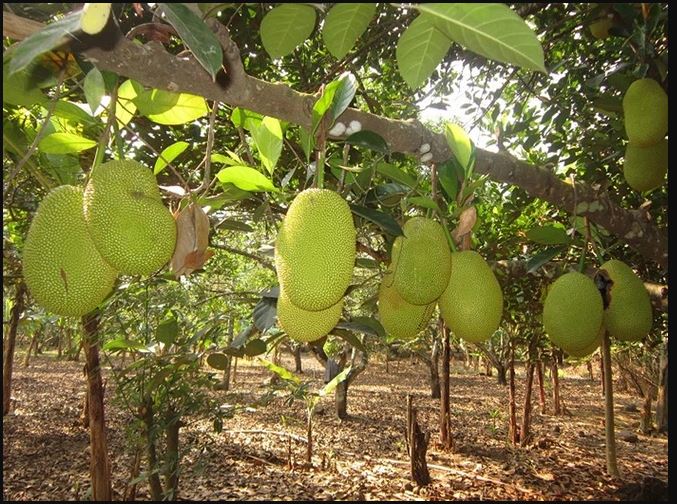
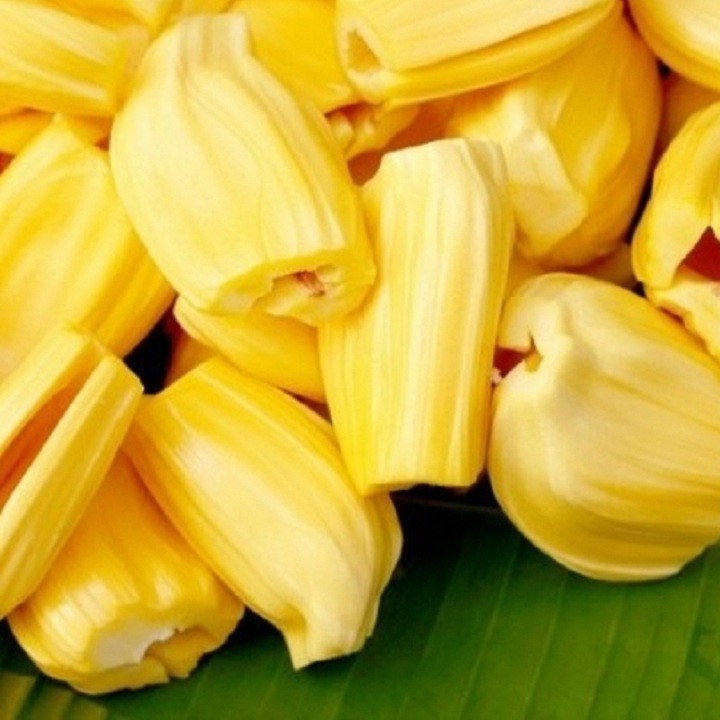
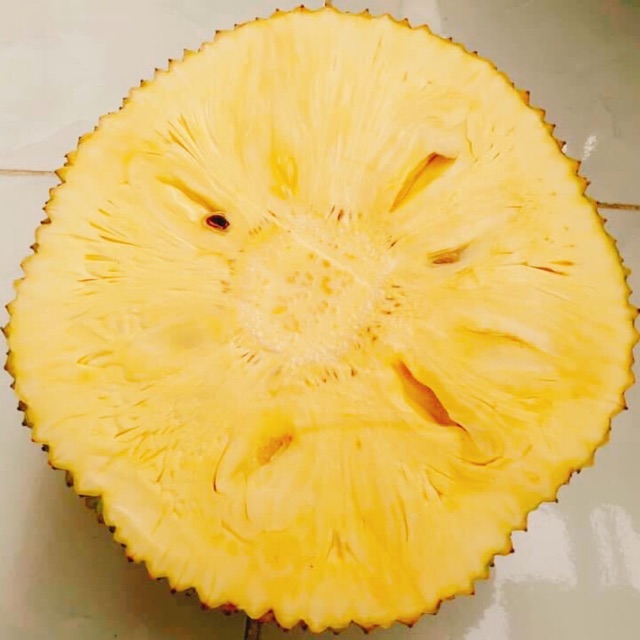
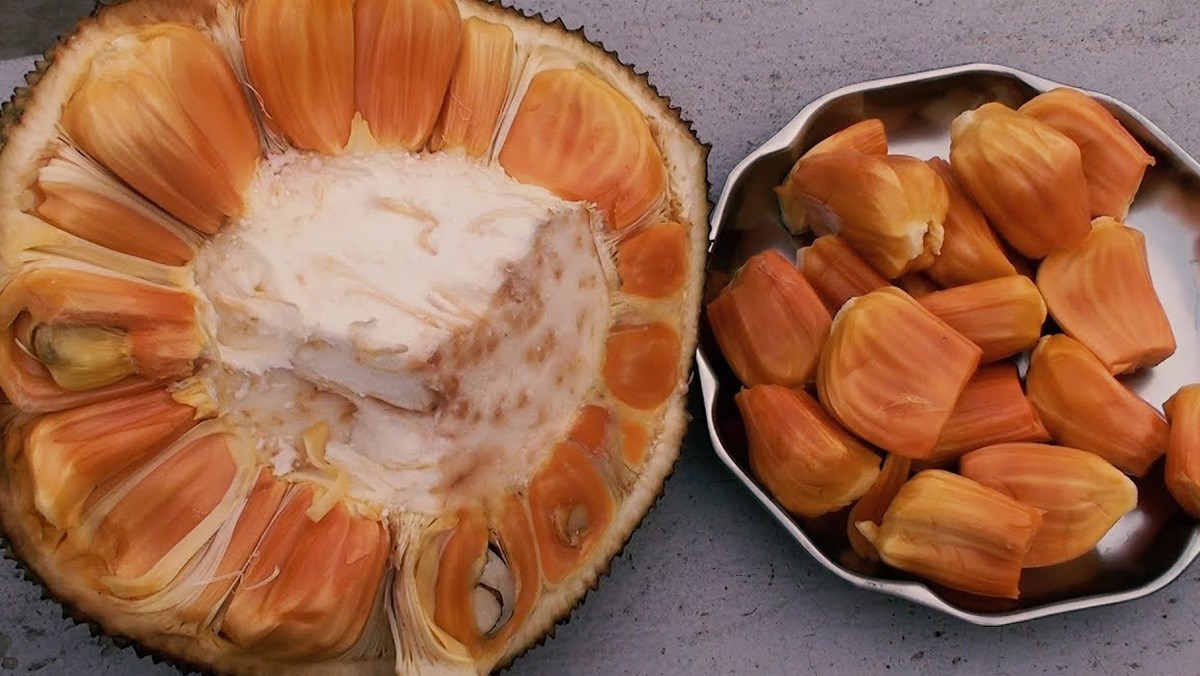

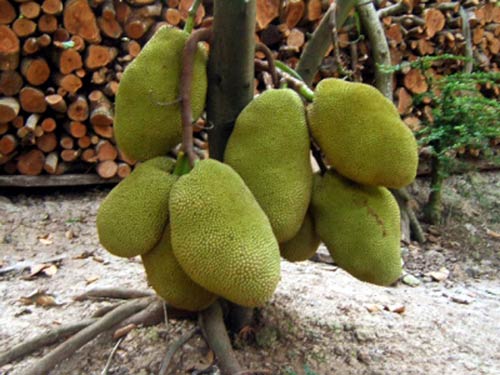
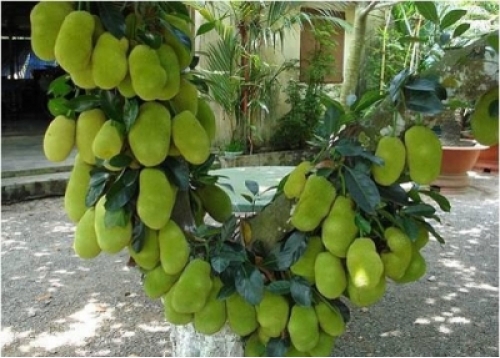

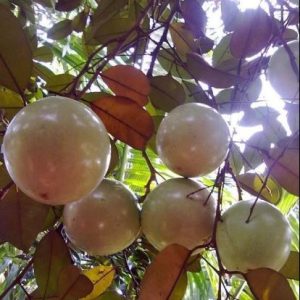
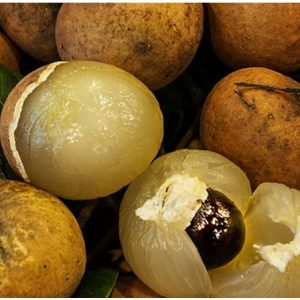
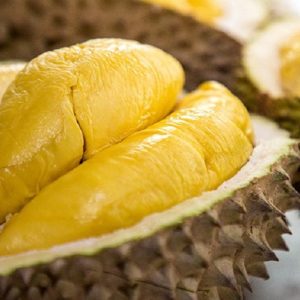










Đánh giá
Chưa có đánh giá nào.